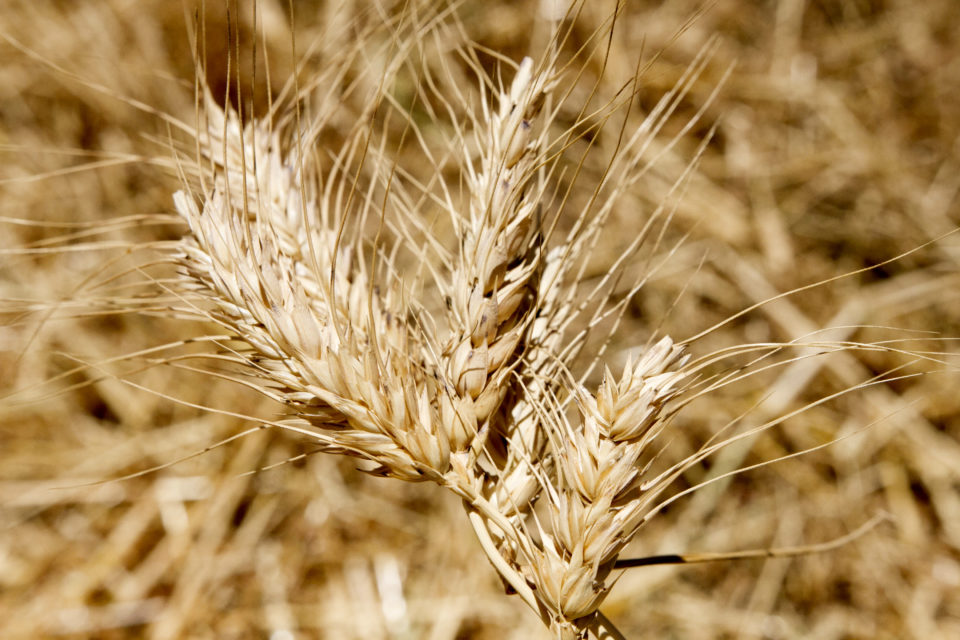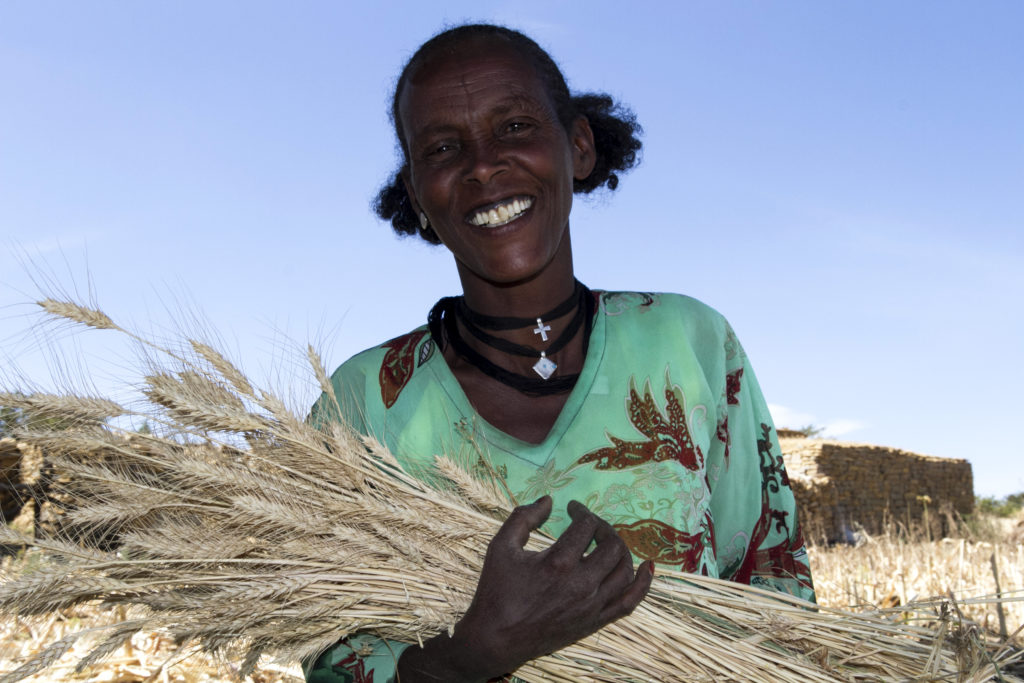 Stories
Stories
December 2, 2016 • 2 min read
This humanitarian seed response has contributed towards the reduction of severe acute malnutrition.

"GOAL played key role in Ethiopia’s largest and most successful seed response after a devastating drought."
GOAL recently played a key role in the largest and most successful emergency seed distribution in Ethiopia’s history, as part of our response to the previous year’s devastating El Niño-induced drought. A post-distribution assessment, published by the UN in October 2016 has highlighted the ‘overwhelmingly positive’ results of the intervention.
Together with several implementing partners, GOAL Ethiopia distributed approximately 32,000 tonnes of crop seed, 23 million cuttings and seedlings, and 3,000 kg of vegetable seed to 7.5 million people across six drought-affected regions between April and September this year.
The scope of the response ensured that some 1.5 million households were able to plant their fields for the coming year, and continue farming. Without this support, the same plots would either have been planted with substandard seed, or worse, left unplanted altogether, with potentially devastating consequences.
The distribution is also being hailed as one of Ethiopia’s most successful. Not only did the response reach more than 88 percent of all households identified as seed insecure in that season, but according to preliminary calculations, if the correct quantity of good-quality seed had not been provided at the time it was, it would have cost in excess of $500 million to provide six months’ worth of food assistance to the same vulnerable communities.
“The 2015 El Niño phenomenon caused Ethiopia to experience one of its most severe droughts in recent history, resulting in significant crop losses, particularly across the eastern highlands of Amhara, Oromia, SNNP and Tigray regions,” explained GOAL Ethiopia’s Livelihoods Program Officer, Belay Terefe.
“A huge number of smallholder farmers in these areas, who are largely dependent on crop and vegetable production, lost their main source of income and food, as well as their ability to plant in the following agricultural seasons due to exhausted seed stores and limited income to buy more at market.
“To reduce the food gap and mitigate the risk of malnutrition, GOAL and our partners identified those households that were most in need of urgent humanitarian livelihood assistance for the Meher planting season from June to September.”
While it is still too early to assess yields and therefore quantify the amount of food that will be produced, distributing partners anticipate that the response will yield enough crop and improve incomes to cover the major food needs of households for a large part of 2017.
Most importantly, if production and yield variables continue at the same level, the normal to above-normal yields should improve food security in the affected regions, thereby decreasing vulnerable farming households’ dependence on food aid.
“This means that this humanitarian seed response has contributed towards the reduction of severe acute malnutrition in the most vulnerable members of the community such as children, pregnant and lactating women and the elderly. This response will also result in significant short and longer-term savings for the Ethiopian Government, and for the international humanitarian community,” said Gabriella Prandini, GOAL Ethiopia’s Humanitarian Response Program Manager.
Photo and video credit: Anteneh Tadele (Media, Documentation and Visibility Officer for GOAL Ethiopia)

